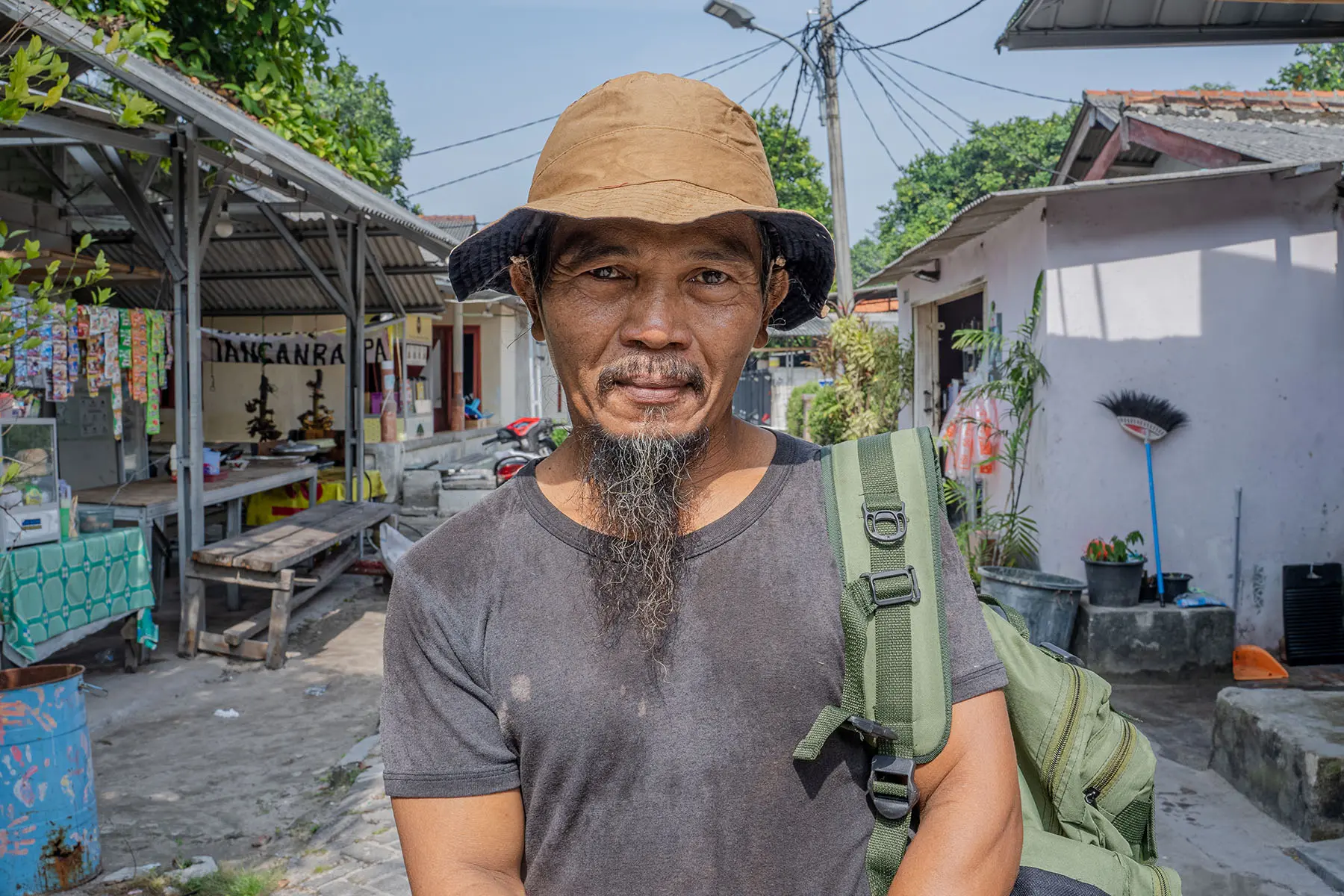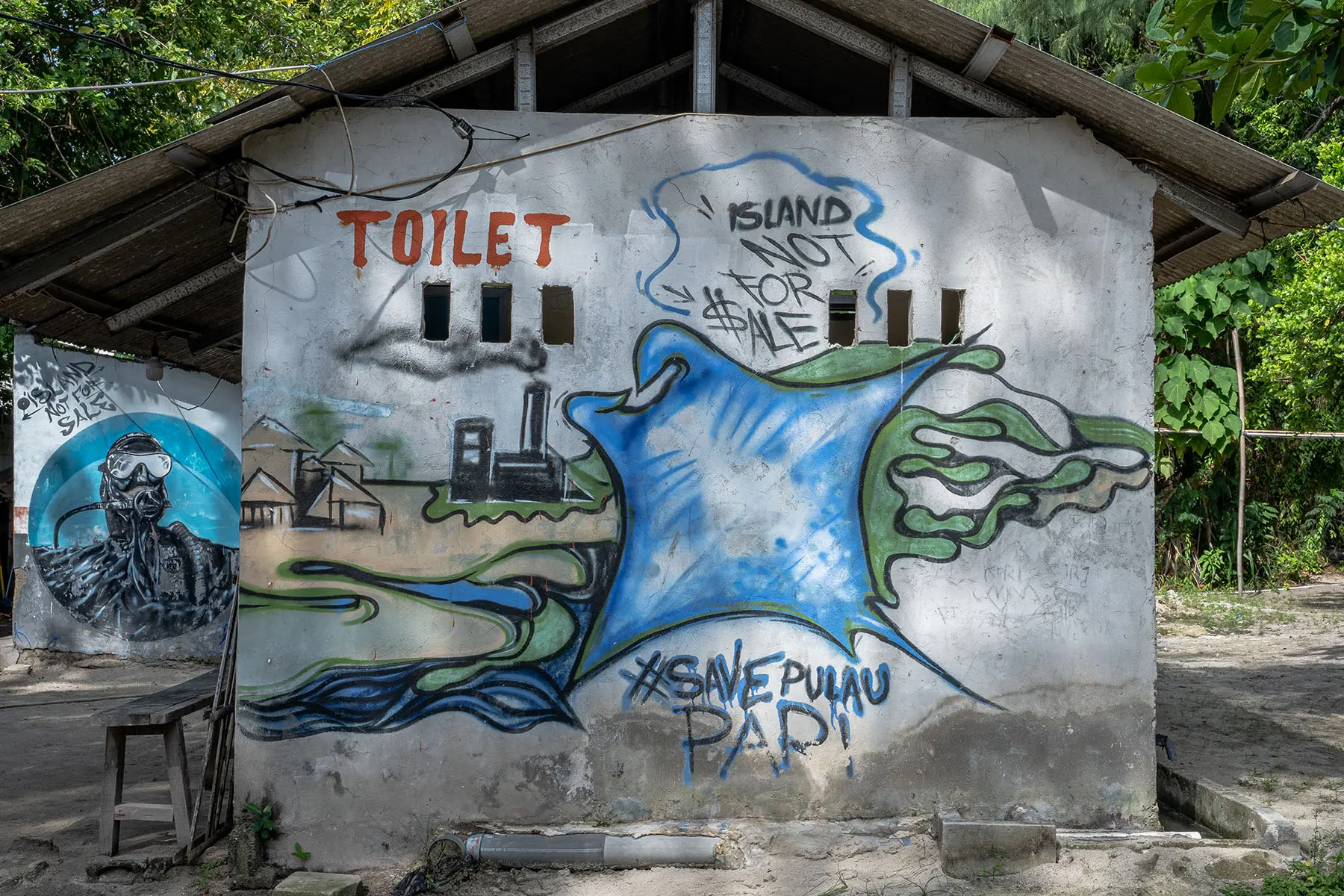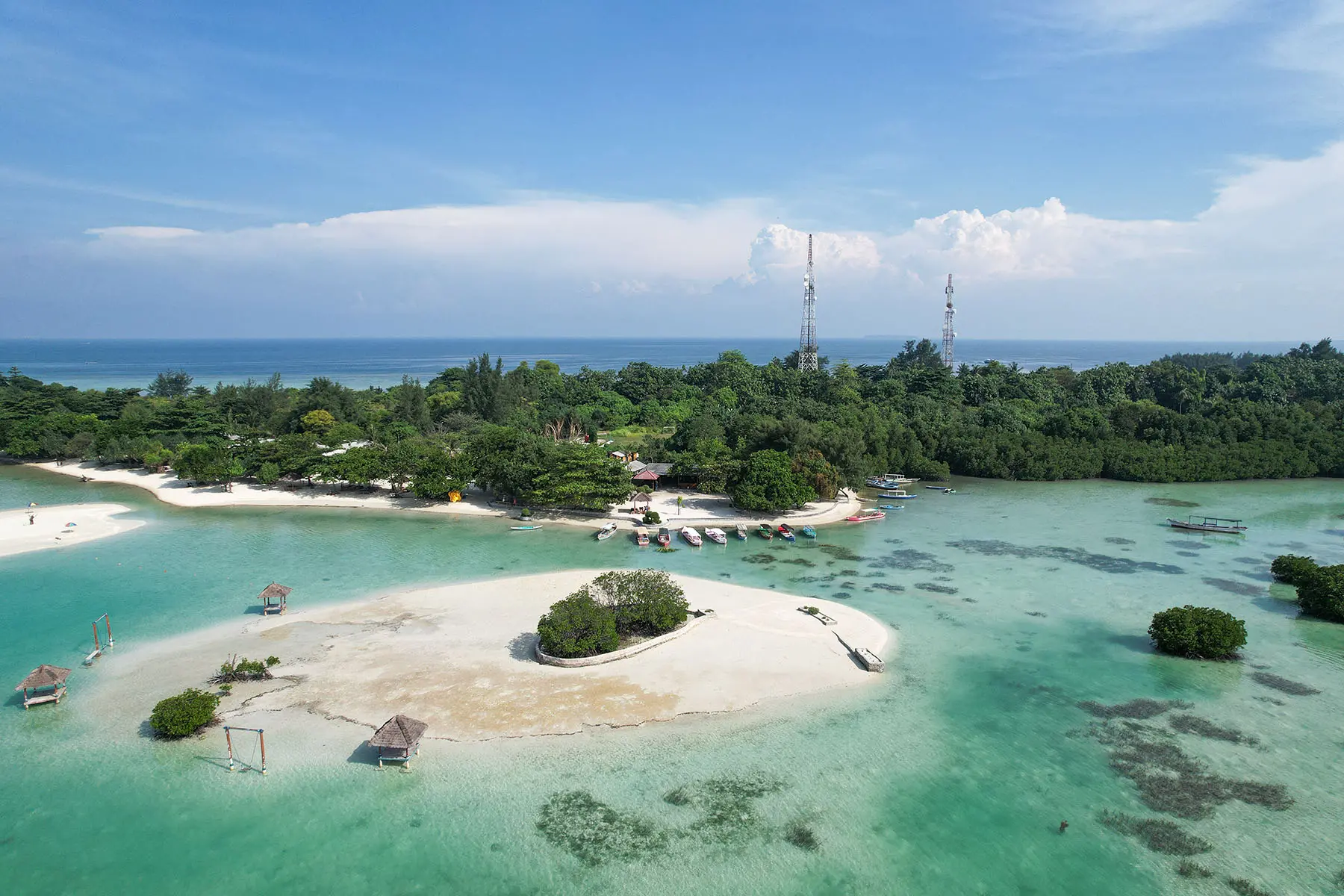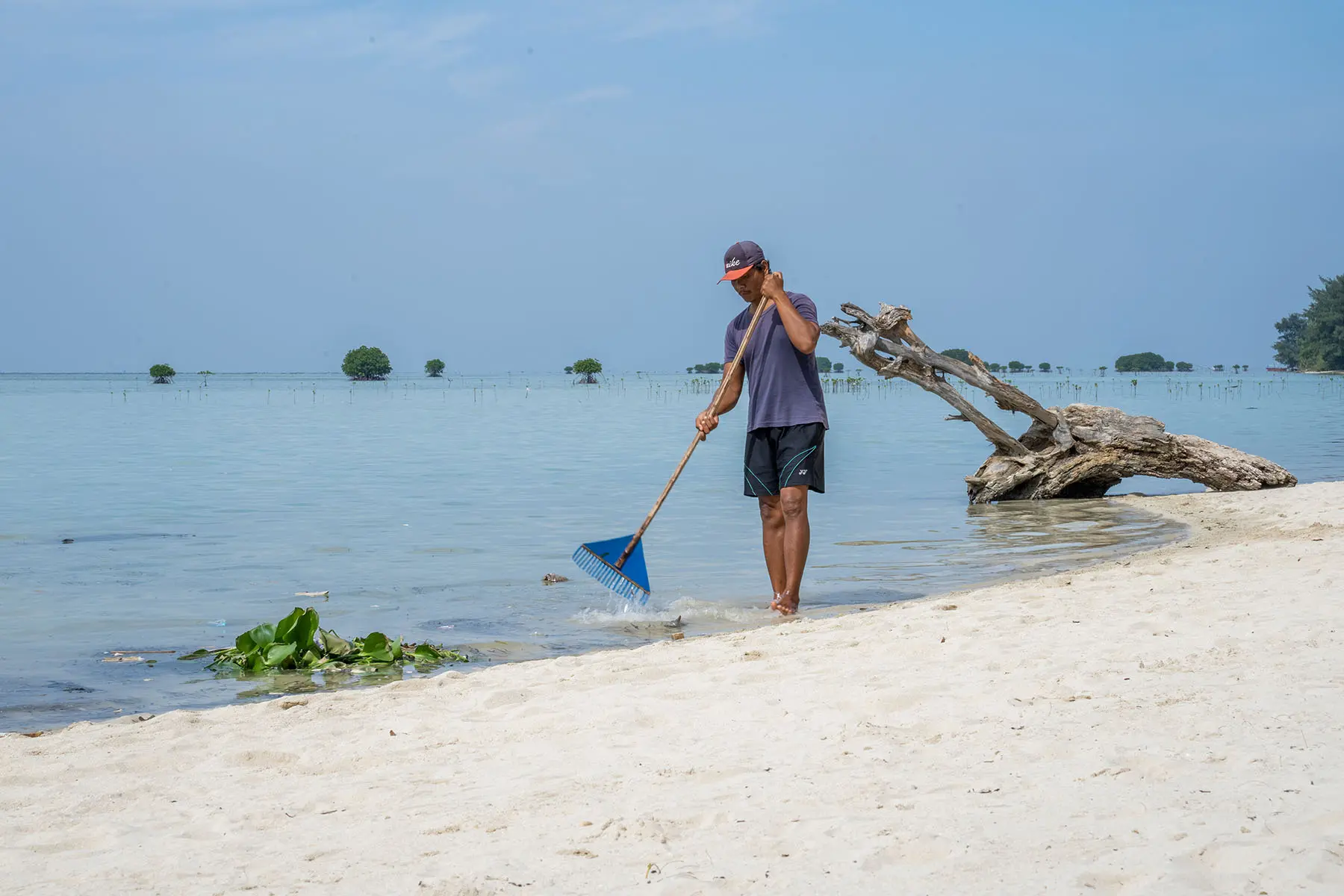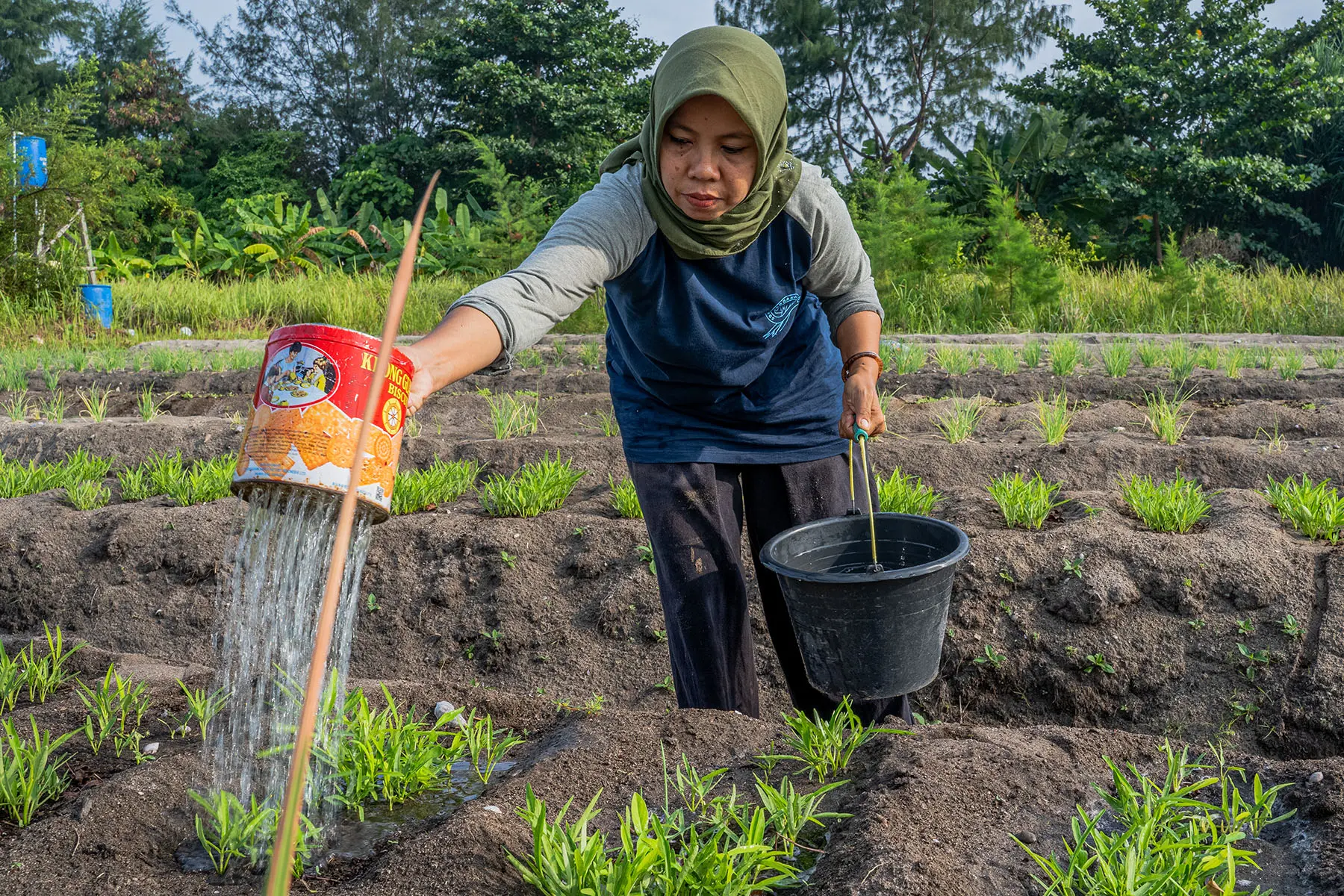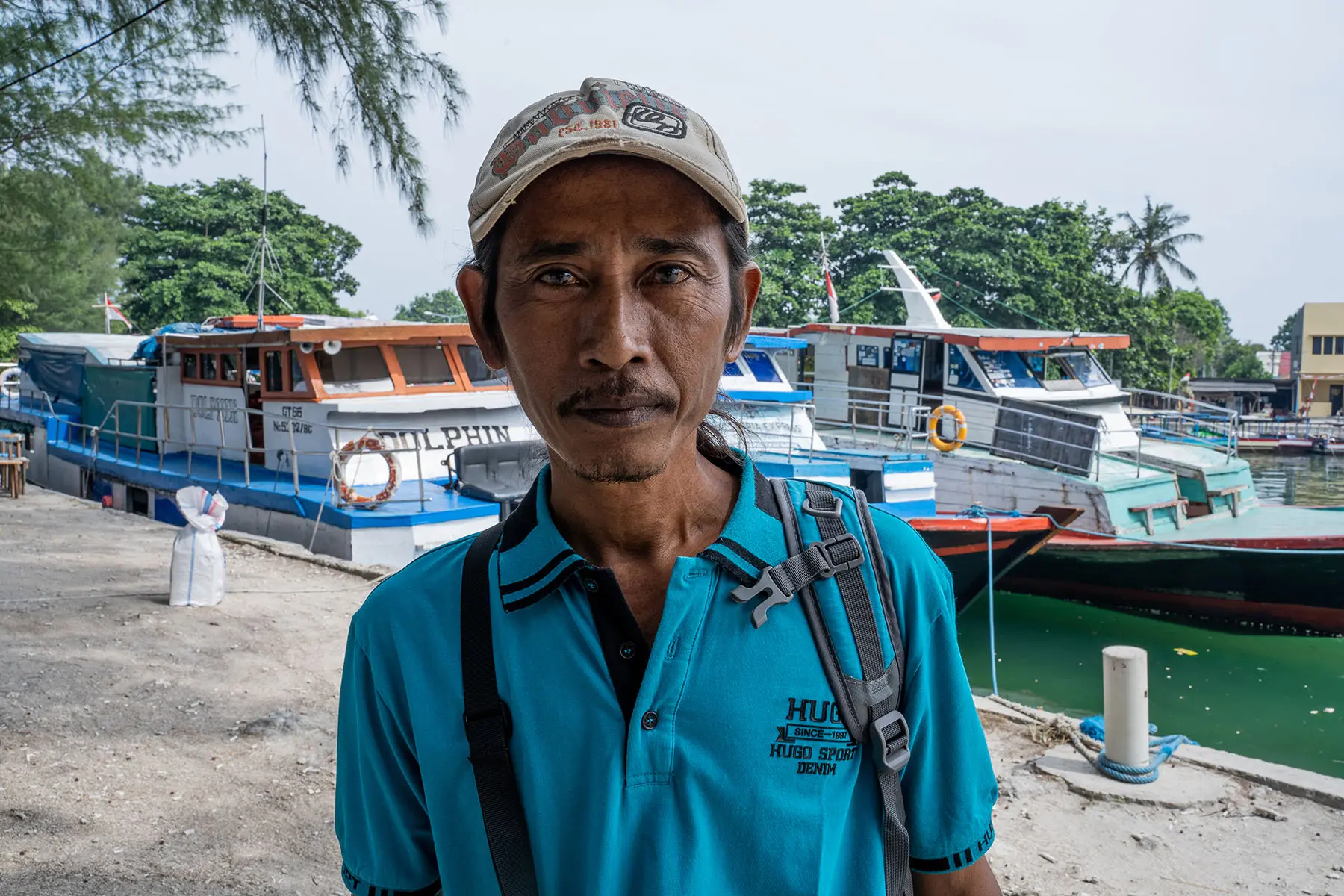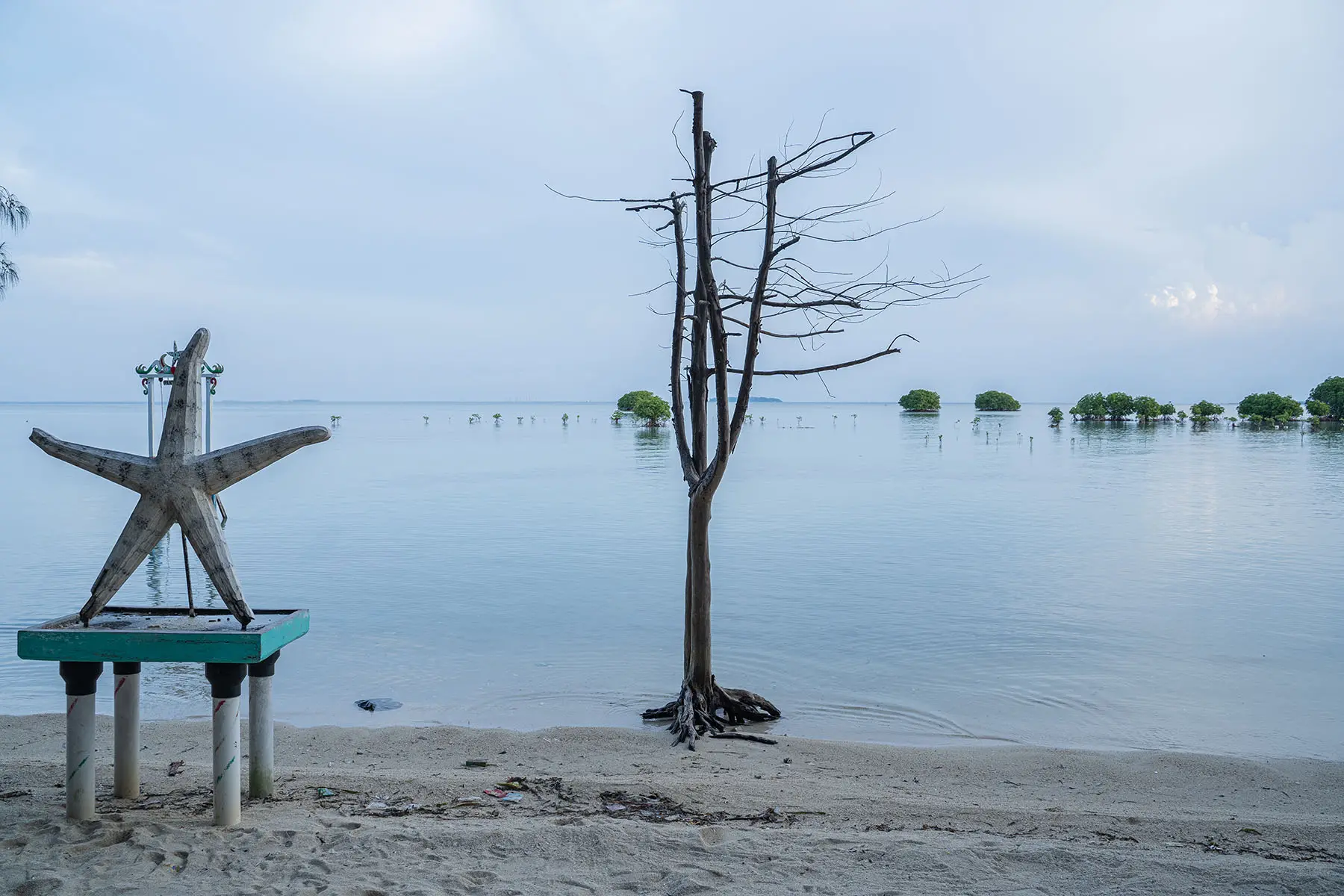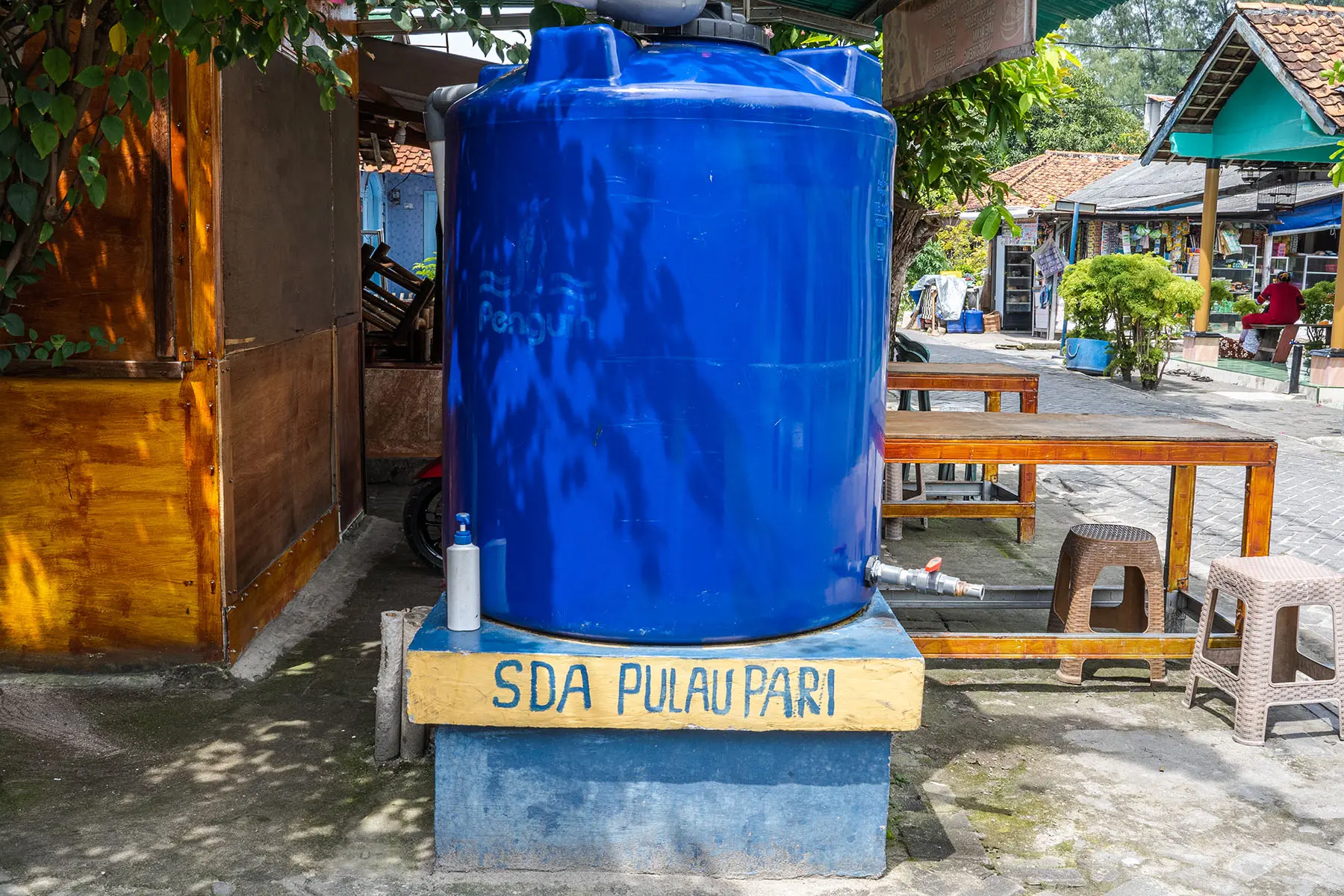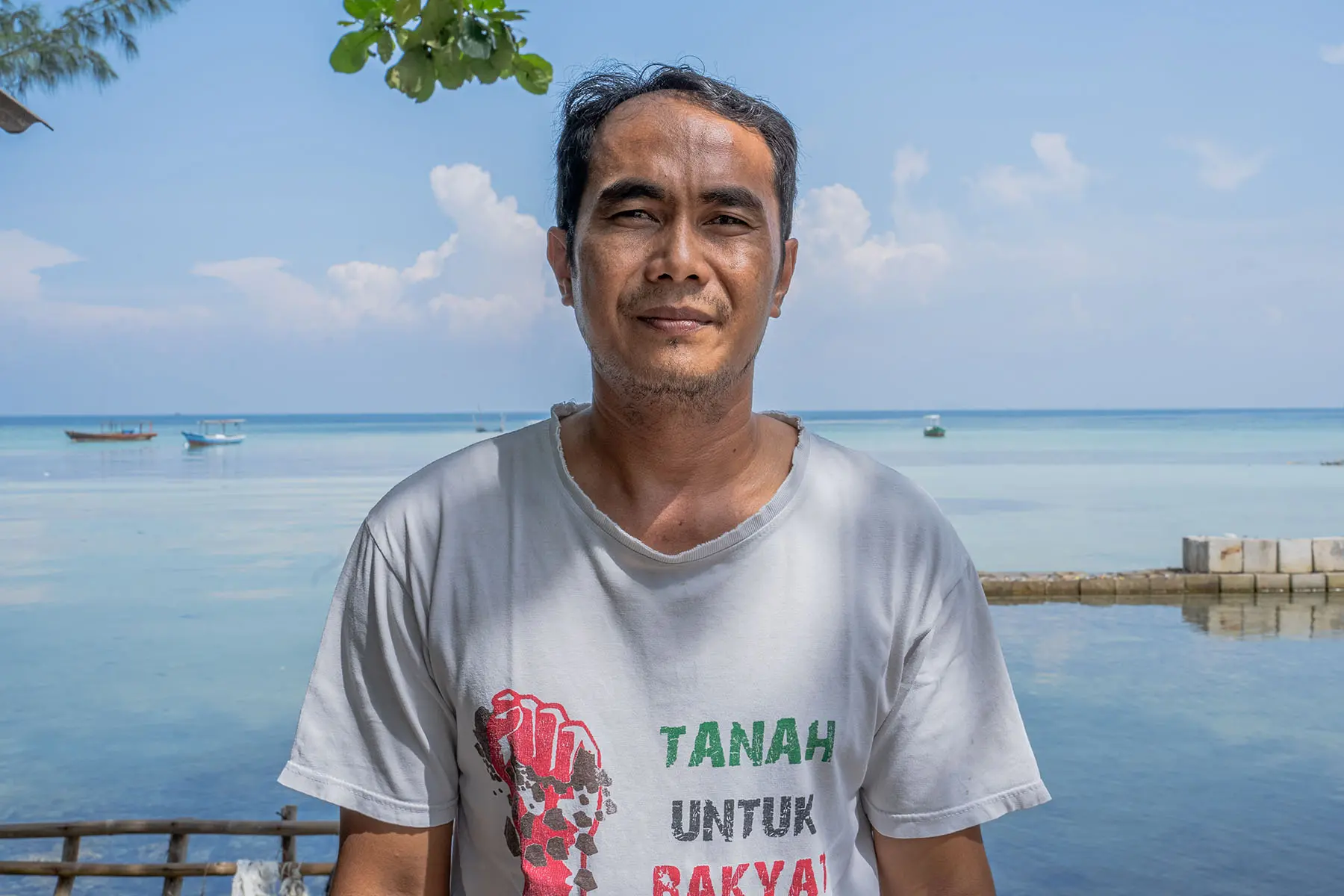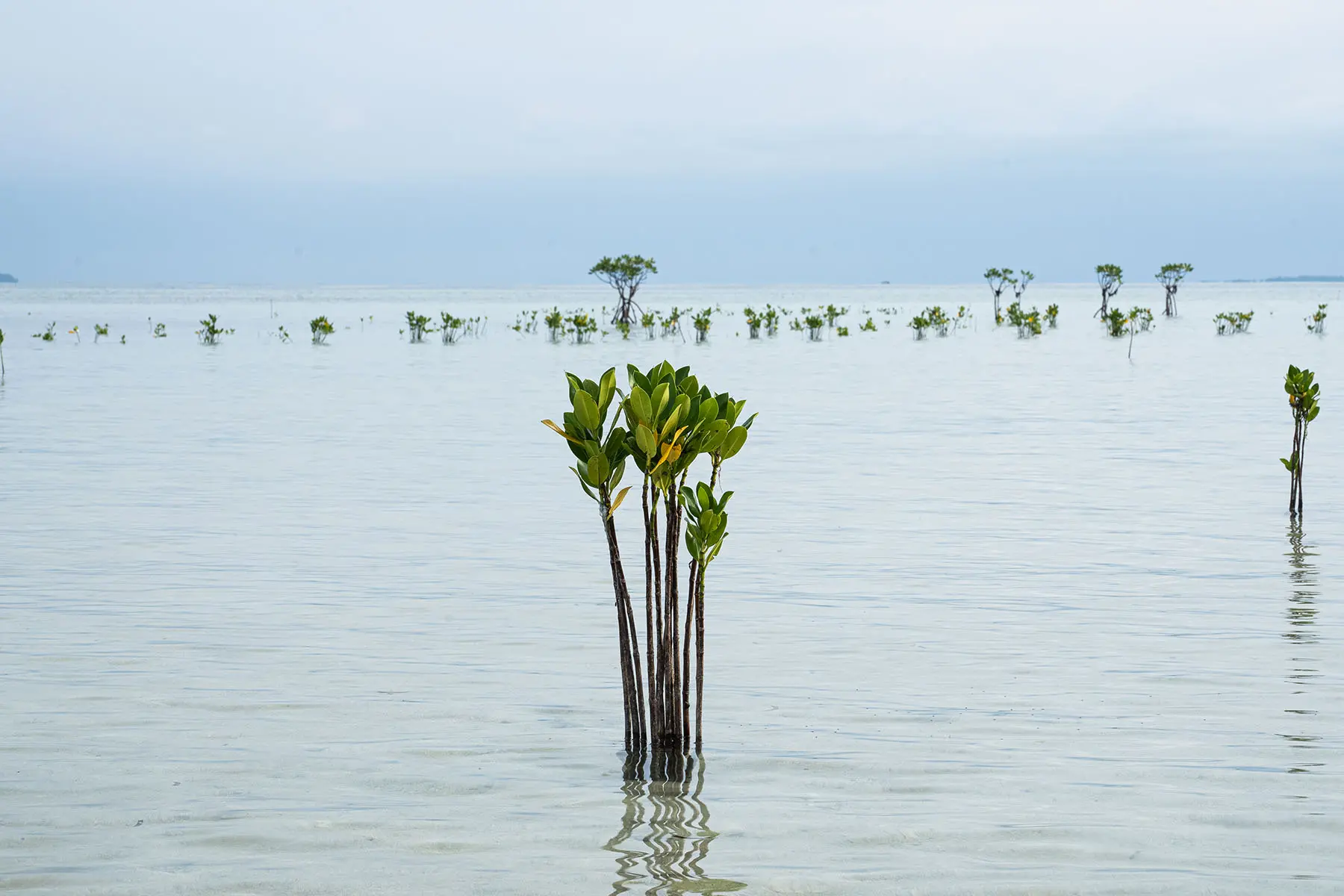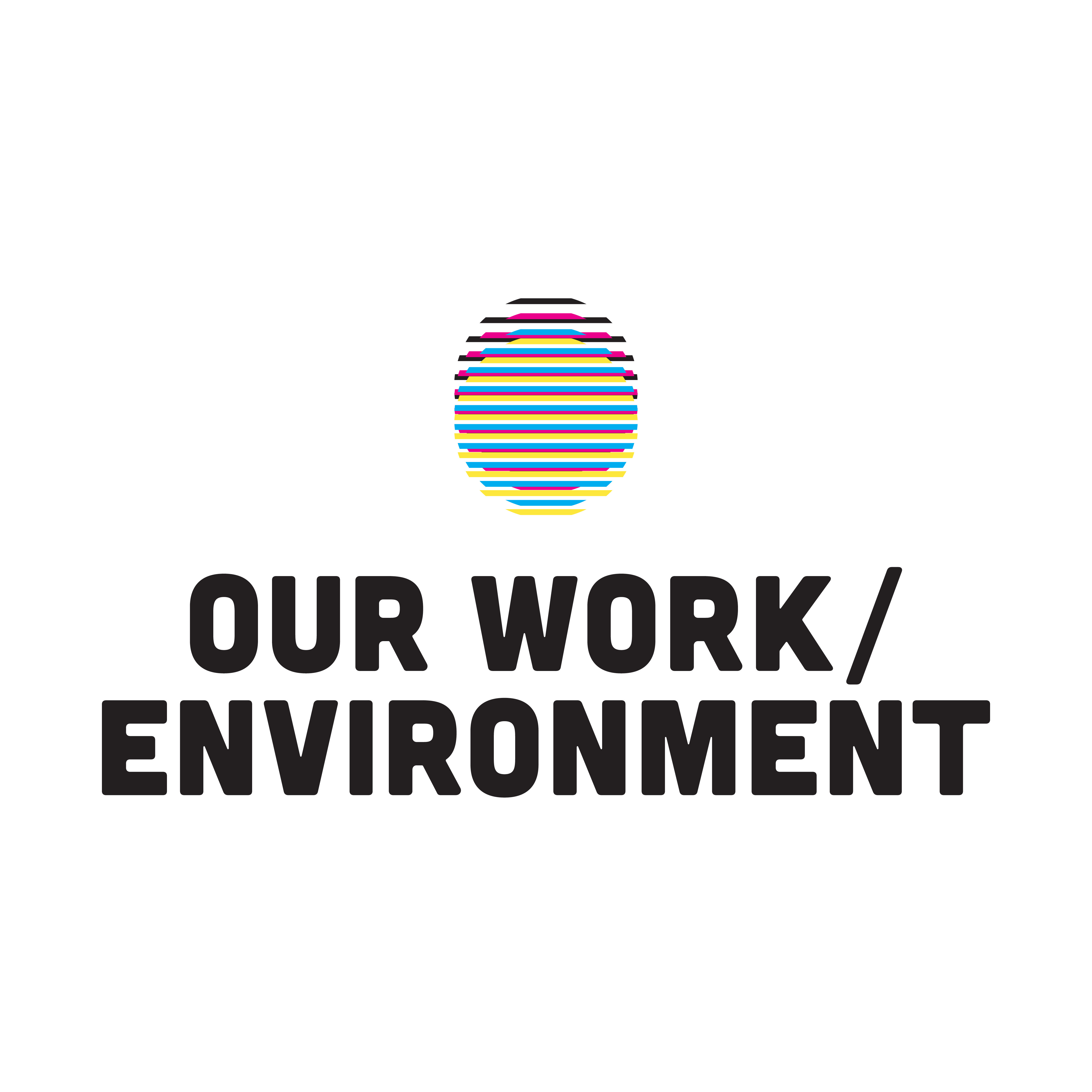
This report was originally written in bahasa Indonesia on the website Project Multatuli. To read the original report, click here.
An English summary of the report is below.
Pari Island is a heaven. With pristine, white sandy beaches, calm waters, and mangrove formations, this 42-hectare island attracts hundreds of vacationers each month. Located just an hour away by speedboat from the capital, Jakarta, in the island formation called the Thousand Islands, Pari Island has been facing grave consequences from pollution and the tourism industry boom since the 1990s.
The first settlers were thought to come to Pari Island in the 19th century during the Dutch colonial era. For decades, residents relied on fisheries and seaweed production. But as the Indonesian government attempted to boost tourism, by building resorts and other tourism attractions, fish stock quickly depleted and seaweed became extinct.
For decades, the residents of Pari relied on fisheries and seaweed farming. Production of seaweed, which was dried and processed into gelatin or agar, reached its peak in the 1990s and was exported throughout Asia.

As a nonprofit journalism organization, we depend on your support to fund more than 170 reporting projects every year on critical global and local issues. Donate any amount today to become a Pulitzer Center Champion and receive exclusive benefits!
But in the early 2000s seaweed production was declining as the tourism boom spread throughout the Thousand Islands. Warming sea temperature, pollution, and land reclamation were blamed as main factors that decimated the seaweed field.
Residents and activists have alleged that a nearby luxury resort called H Island, just a few miles west of Pari Island, has caused the extinction of seaweed and decreasing fish stock, according to Asmania, a 39-year-old resident of Pari Island.
“During its heyday, all the streets here were lined with dried seaweed,” says Asmania. “The seaweed, thought to be the best quality, was exported throughout Asia," she added.
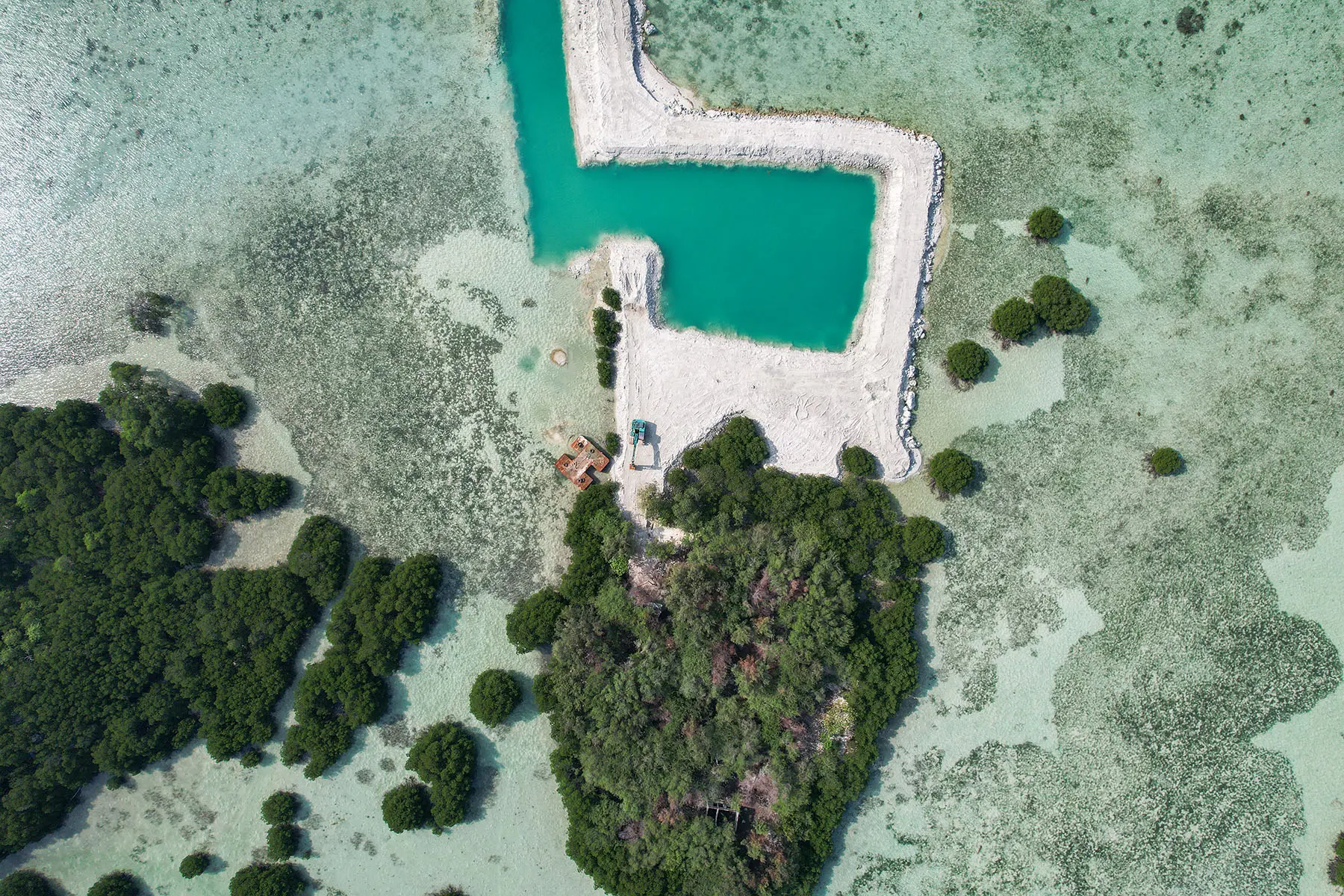
Pollution from the 13 rivers that run across Jakarta and end up in Jakarta Bay may also contribute to the environmental degradation in Pari Island, according to Edi Mulyono, an environmental activist and a resident in Pari Island.
“Plastic waste and other pollution from the rivers ended up around the island,” he said. “Fish no longer live here.”
Over the last two decades, residents of Pari Island have been involved in a land conflict with a private company, PT Bumi Pari Asri, which claimed ownership of the island. The company plans to build luxury resorts on the island, prompting widespread protests.
“If they build resorts here, we will lose our livelihood, we have nowhere else to go,” says Mustaghfirin, a 50-year-old activist. “They will destroy this island.”
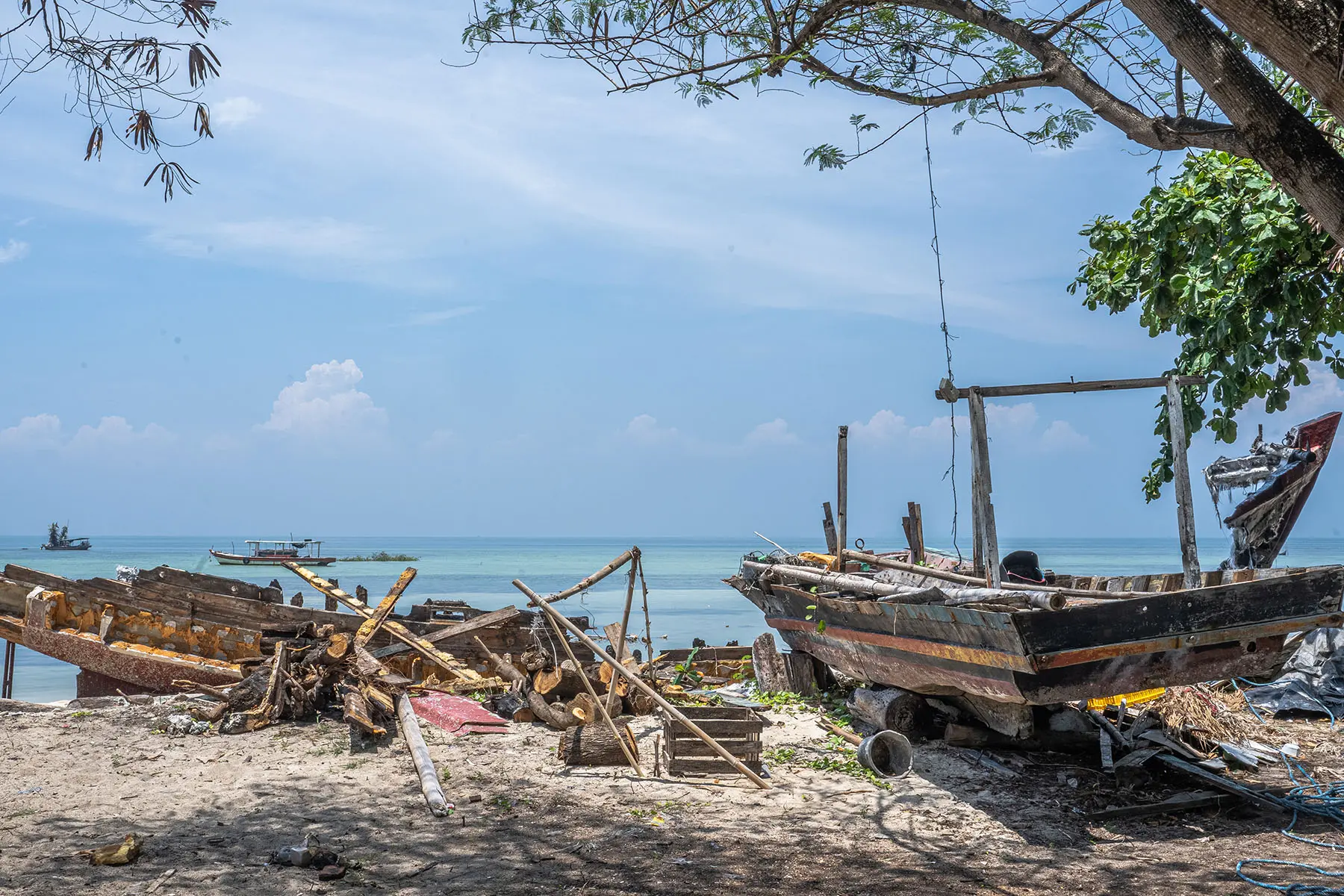
Not only facing privatization and pollution, as the global carbon emissions warm the planet and cause sea level to rise exponentially, residents now experience more frequent tidal floods that inundate their homes.
Mulyono observed that since 2019, tidal floods have become higher, reaching about 70 cm in some areas, and increasingly difficult to predict. But no one at that time thought that their island was slowly sinking, engulfed by the Java Sea due to climate change. Mulyono also said that changing weather patterns due to human-induced climate change has made it hard to catch fish, forcing fishermen to sail more than 15 miles off Pari Island to get a good catch.
“Our ancestors know the seasons and the best time to catch fish just judging by the direction of the wind,” Mulyono says. “But now it becomes unpredictable. It’s not uncommon for us to come home empty handed. We have to go further from the island, which means that we have to stock up on logistics and fuel.”
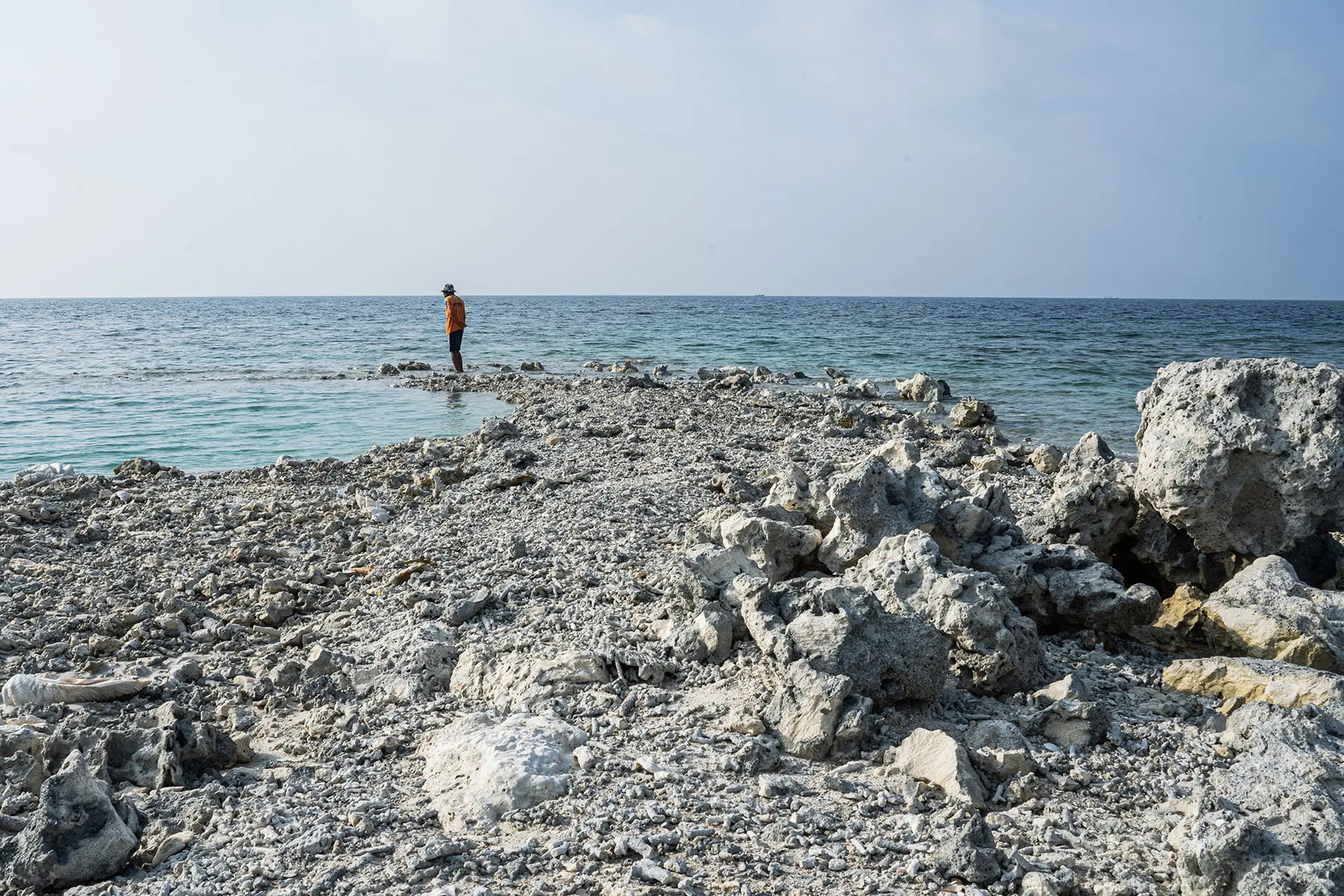
Over the past two years, Asmania and many other residents set up a local mangrove initiative with the mission of planting mangroves around the island in the hopes of preventing seawater intrusion. So far they have planted thousands of mangrove on three beaches and plan to plant more.
“We collect the seeds from the existing mangroves,” says Asmania. “When we have enough, we plant them ourselves. We also offer tourists to donate some money in exchange for planting mangroves together. I think this is a good way to raise awareness among tourists that we have to protect this island.”
